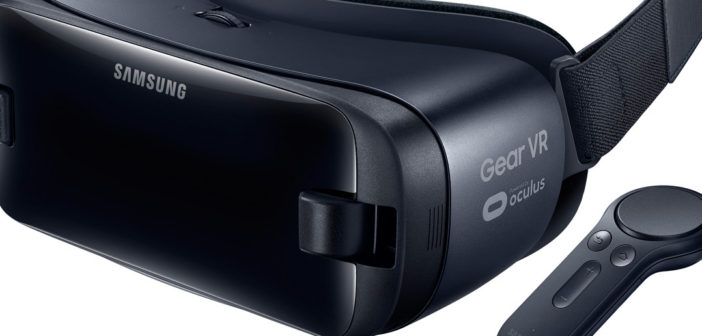US stays top for VR, while Japan unseats China to take second place in the first quarter 2017
The US virtual reality (VR) market formed 40% of the global market in the first quarter of 2017, keeping its place as the largest market for VR in terms of volumes shipped worldwide.
Sony PlayStation VR dominated the US market with just over 60% share. It capitalised on its installed base of gaming devices, as well as its lower cost headsets.
Demand in the Japanese VR market meant that a total of 81,000 VR headsets were shipped in Japan. This was largely contributed by Sony, which conquered its home market with 90% marketshare. As a result, China dropped to third place in terms of volumes of VR units shipped in the first quarter of 2017. HTC continues to lead in China, with 15,000 Vive headsets shipped in the first quarter 2017, taking up a quarter of the market.
Sony experienced strong demand for its PlayStation VR in Japan, with the company still trying to fill demand gaps by shipping more units across the country. “Gaming and entertainment continue to be the key driver for VR headsets as gamers in Japan are showing strong affinity for VR gaming,” said Canalys research analyst, Mo Jia. “The recent introduction of the Aim Controller is expected to improve the user experience. Sony has to ensure AAA titles are comfortable to play on PlayStation VR for extended periods of time”.
A different gaming culture combined with the unwillingness to pay for content, including VR, has limited growth in the China consumer market this quarter. Said Canalys analyst Jason Low: “HTC is trying to discover and promote new verticals as it deepens its relationship with local and governmental establishments. China is poised to be the first country to widely introduce VR into private and public schools. From introducing the Vive Group Edition 10-headset bundle to promoting Vivedu and Vivepaper for schools, HTC has multiplied its commitment to grow the VR education segment in China.”
Not only HTC, but also Chinese VR vendors Idealens, DPVR (Deepoon) and 3Glasses are actively collaborating with content and solution providers to target elementary to tertiary education. “The opportunity exists for both PC-tethered basic VR headset and standalone smart VR headsets. What’s most important is that hardware and software vendors see this as a long term opportunity to seamlessly integrate VR into the curriculum. They must make it easy for schools to manage and ensure they can demonstrate the ROI,” added Low.





